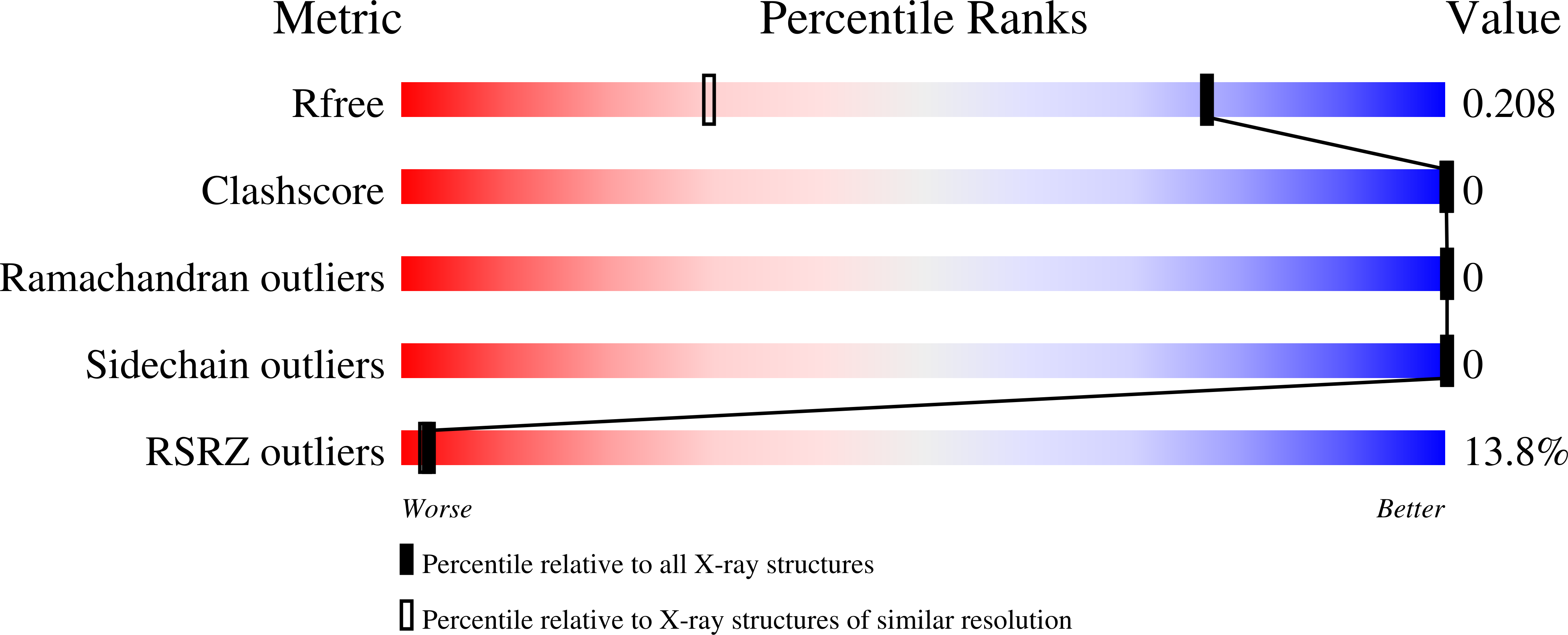
Deposition Date
2023-01-05
Release Date
2023-10-04
Last Version Date
2024-10-30
Entry Detail
PDB ID:
8FQ7
Keywords:
Title:
Nanobody with WIW inserted in CDR3 loop to Inhibit Growth of Alzheimer's Tau fibrils
Biological Source:
Source Organism:
Camelus dromedarius (Taxon ID: 9838)
Host Organism:
Method Details:
Experimental Method:
Resolution:
1.40 Å
R-Value Free:
0.21
R-Value Work:
0.18
R-Value Observed:
0.19
Space Group:
I 4


